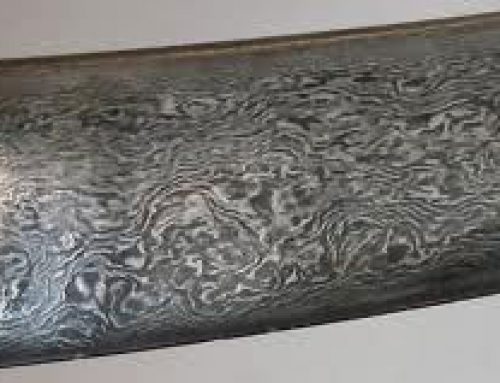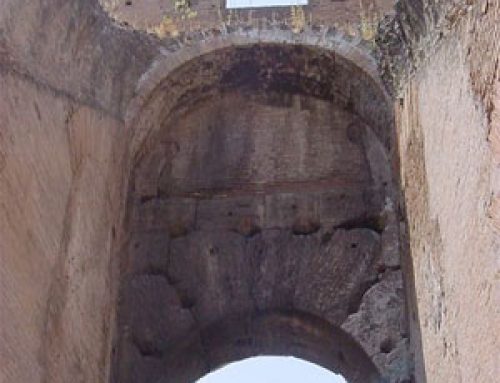
Osian Sun temple, 700s AD
Two styles of temples: north and south
By the 700s AD, after the collapse of the Guptan Empire, there were two different styles of temple-building in India, a north Indian style and a south Indian style.
Guptan architecture in India
Medieval African architecture
Medieval Islamic architecture
All our India articles
The North Indian style
This temple from Osian shows the north Indian style. It has a high tower called a shikhara, and an open porch for visitors to the temple, called a mandapa. North Indian temples also had a high porch, like earlier Etruscan and Roman temples. They had flat stone roofs.

Brihidesvara Temple (Orisa, 1000s AD)
The South Indian style
In south India, about 1000 AD, the Chola king Rajaraja the Great (his name means King-king) built a very big temple to the Hindu god Shiva. South India was richer than North India, so they could build bigger buildings.
Chola empire in south India
Like the northern temples, this southern temple has a shikhara (tower). But this tower is much higher – thirteen stories high! The southern temple is also much longer than the northern one. It has several porches (mandapas) on the front instead of only one.
Like the northern temples, the southern temples also have flat stone roofs. This temple is about fifty feet high, not counting the tower. (Compare this to Romanesque churches in Europe built about the same time, or to the Fatimid mosques in Egypt.)
More about Romanesque churches
St. Germain des Pres
St. Sernin in Toulouse
Fatimid mosques in Egypt
Because it is so hot and sunny most of the time in southern India, the architects wanted to keep the sun out, so the temple would stay cool. It was different than in cold, dark northern Europe, where Gothic architects wanted to let in light.
Why didn’t India use steel for building?
By 1061 AD, India was a leading manufacturer of steel. Some builders in India started to use a new method of building using iron beams to replace wooden beams, because wooden beams were very hard to get in India.
History of steel
One example is Brahmeshwar temple in eastern India at Orissa. This might have led to reinforced steel buildings, except that steel was also very expensive – smiths didn’t know how to make large amounts of steel cheaply yet.





whatcha doing
hi
good knowledge given
Thank you! I’m glad we could help.